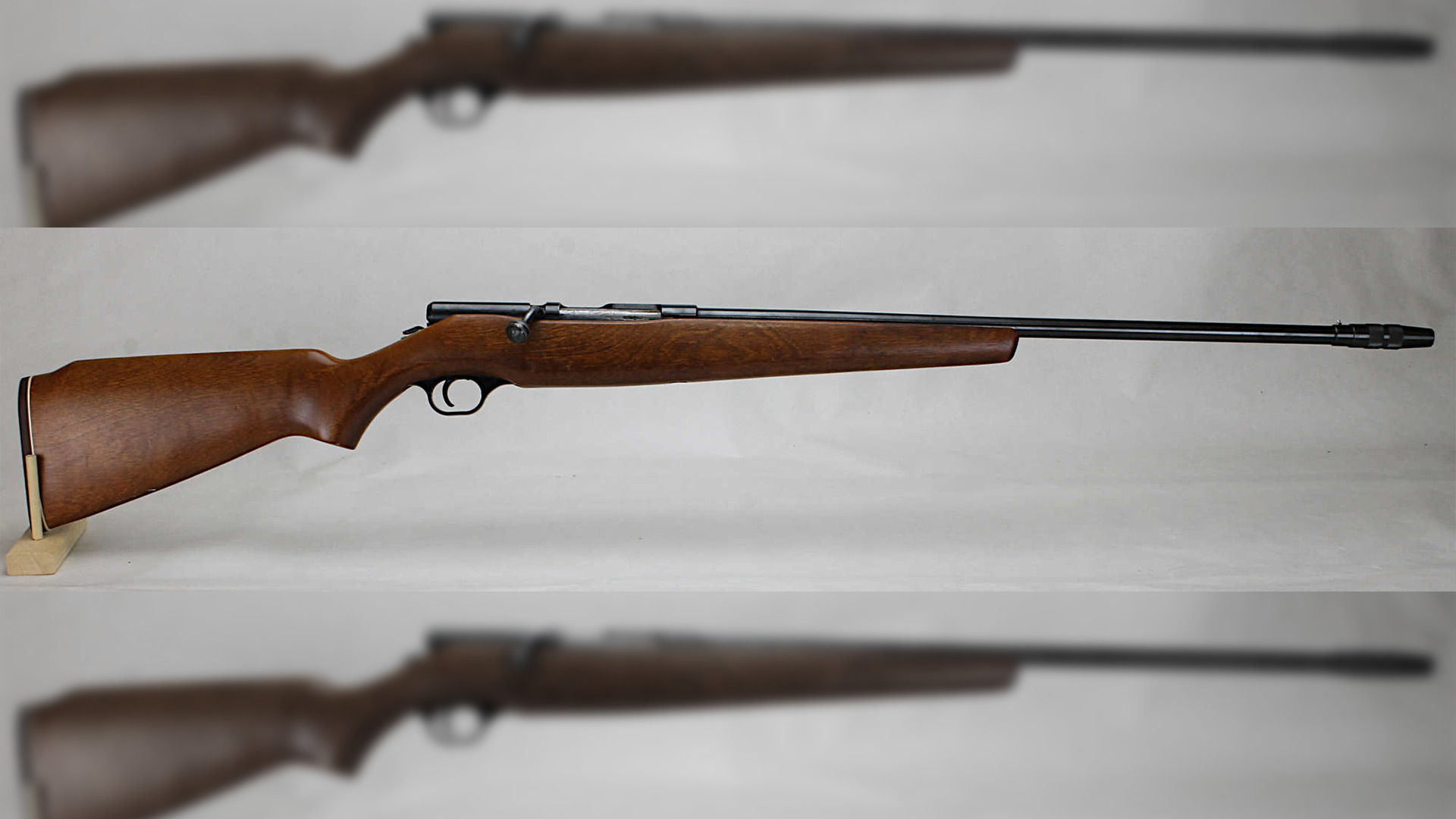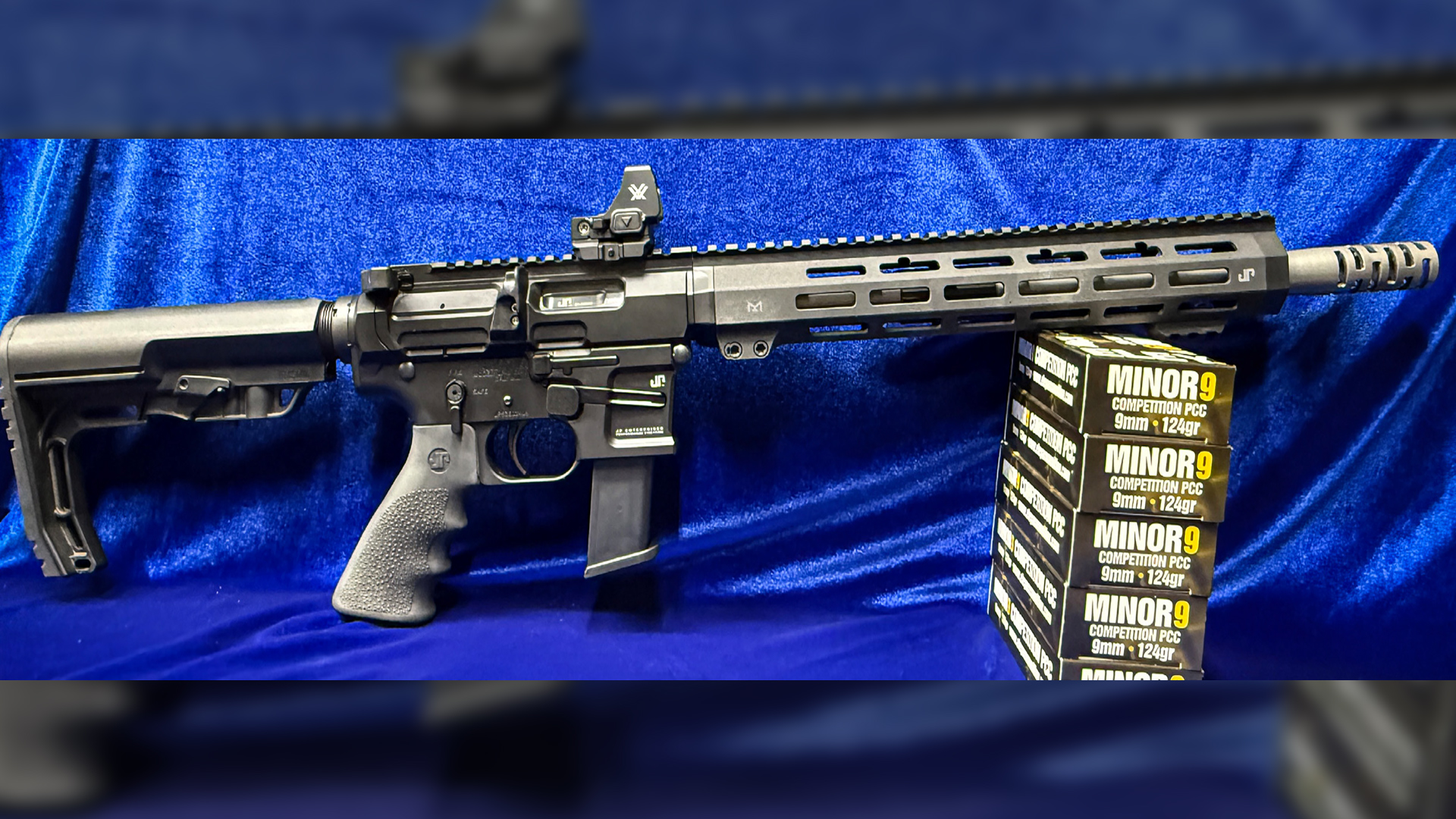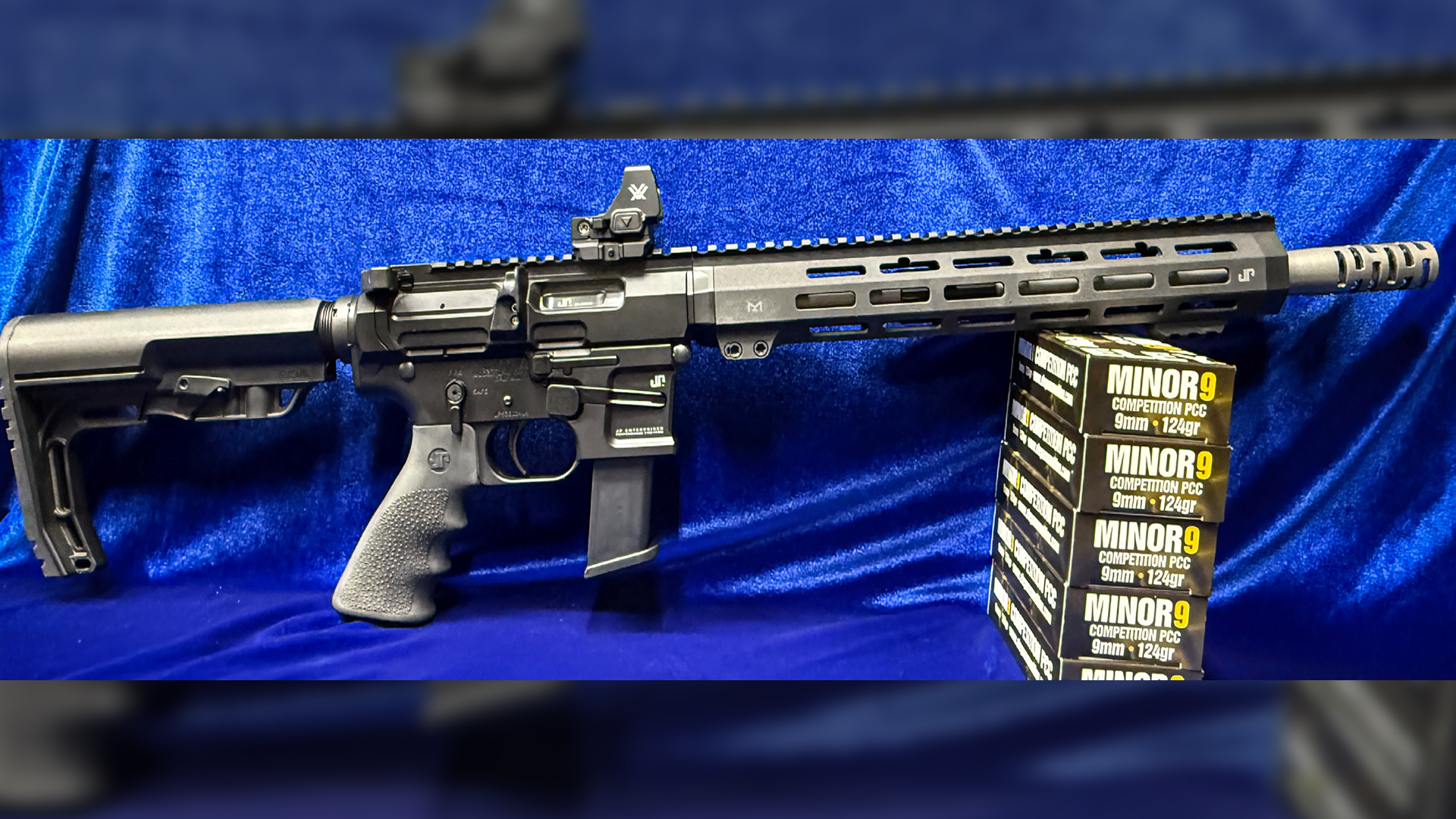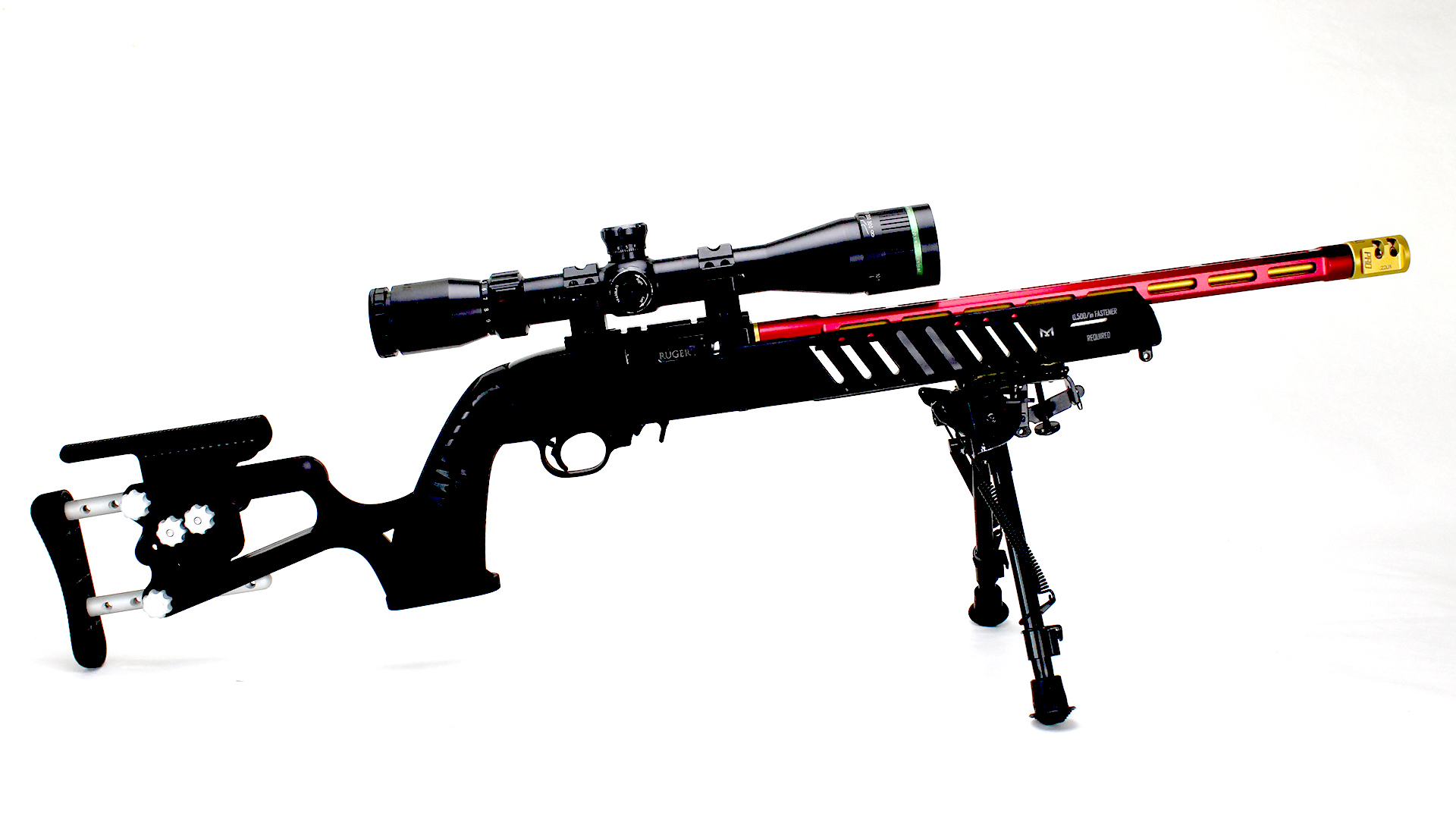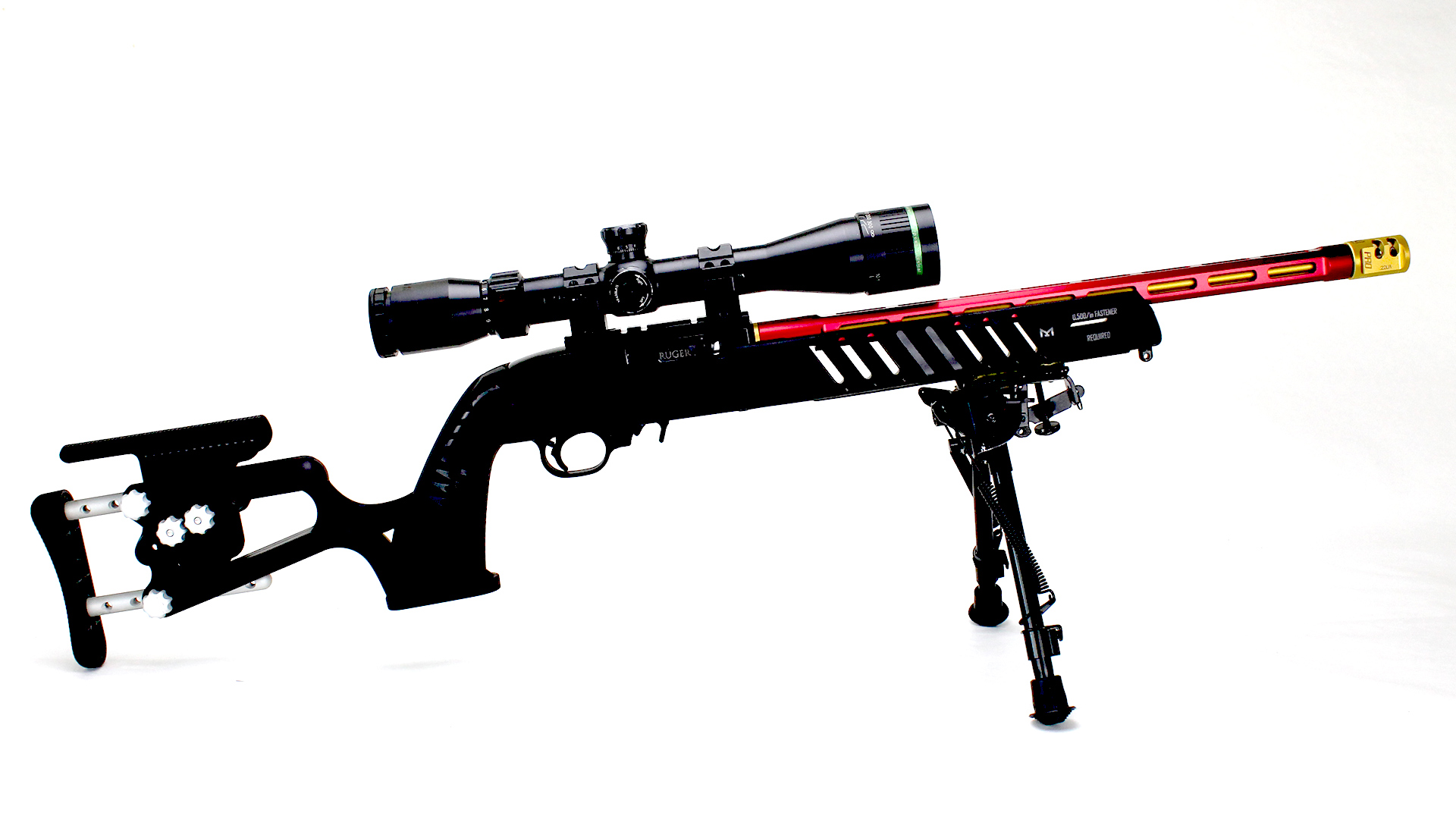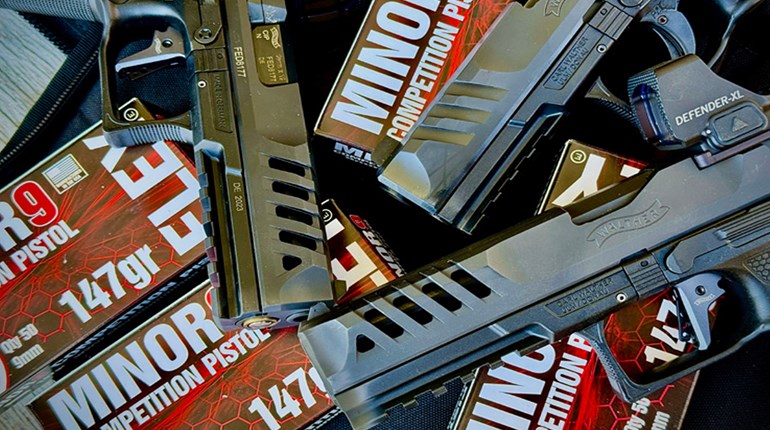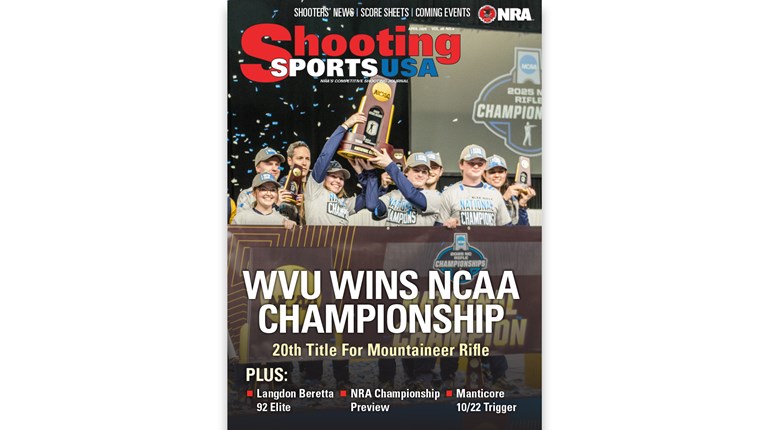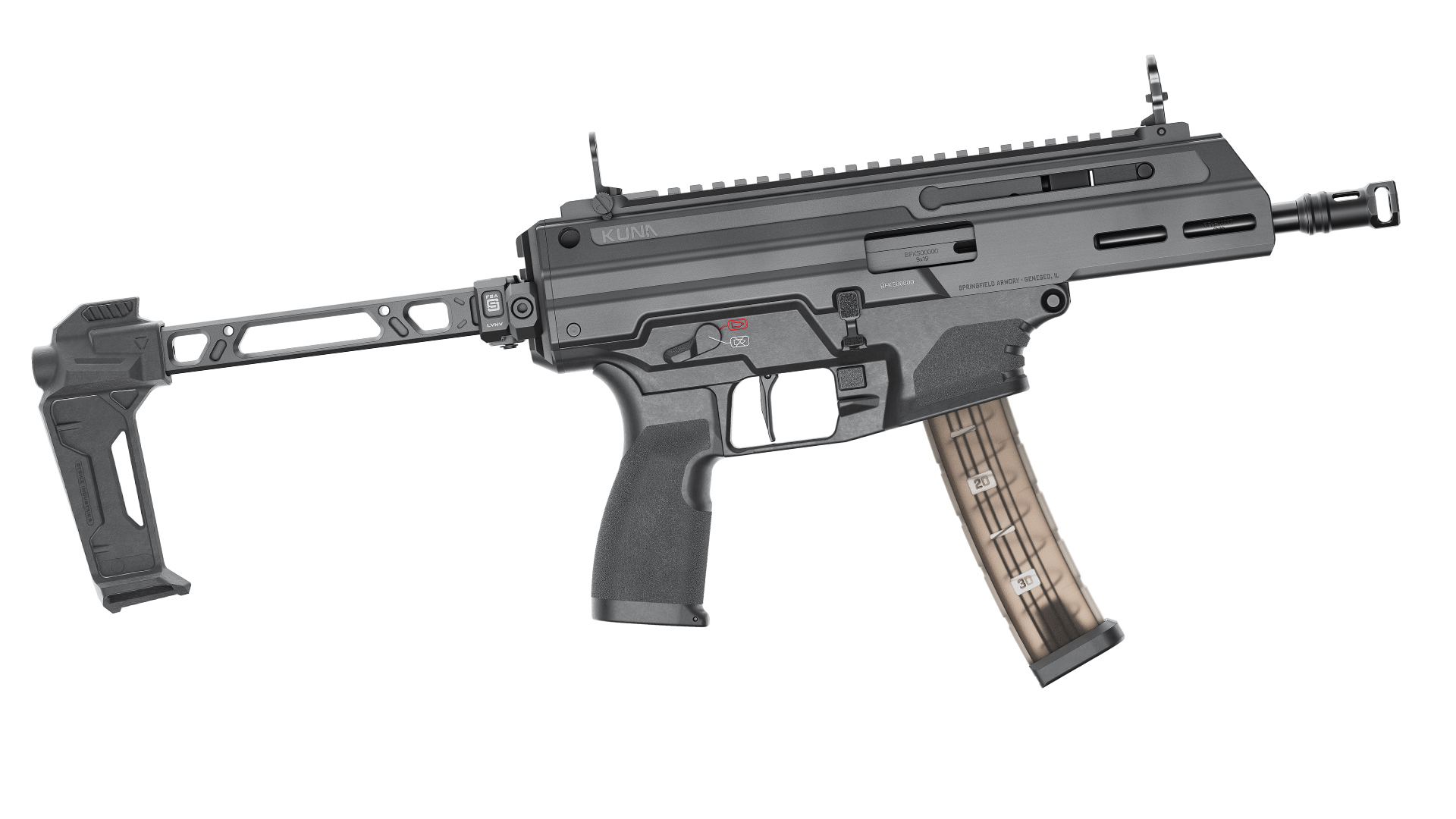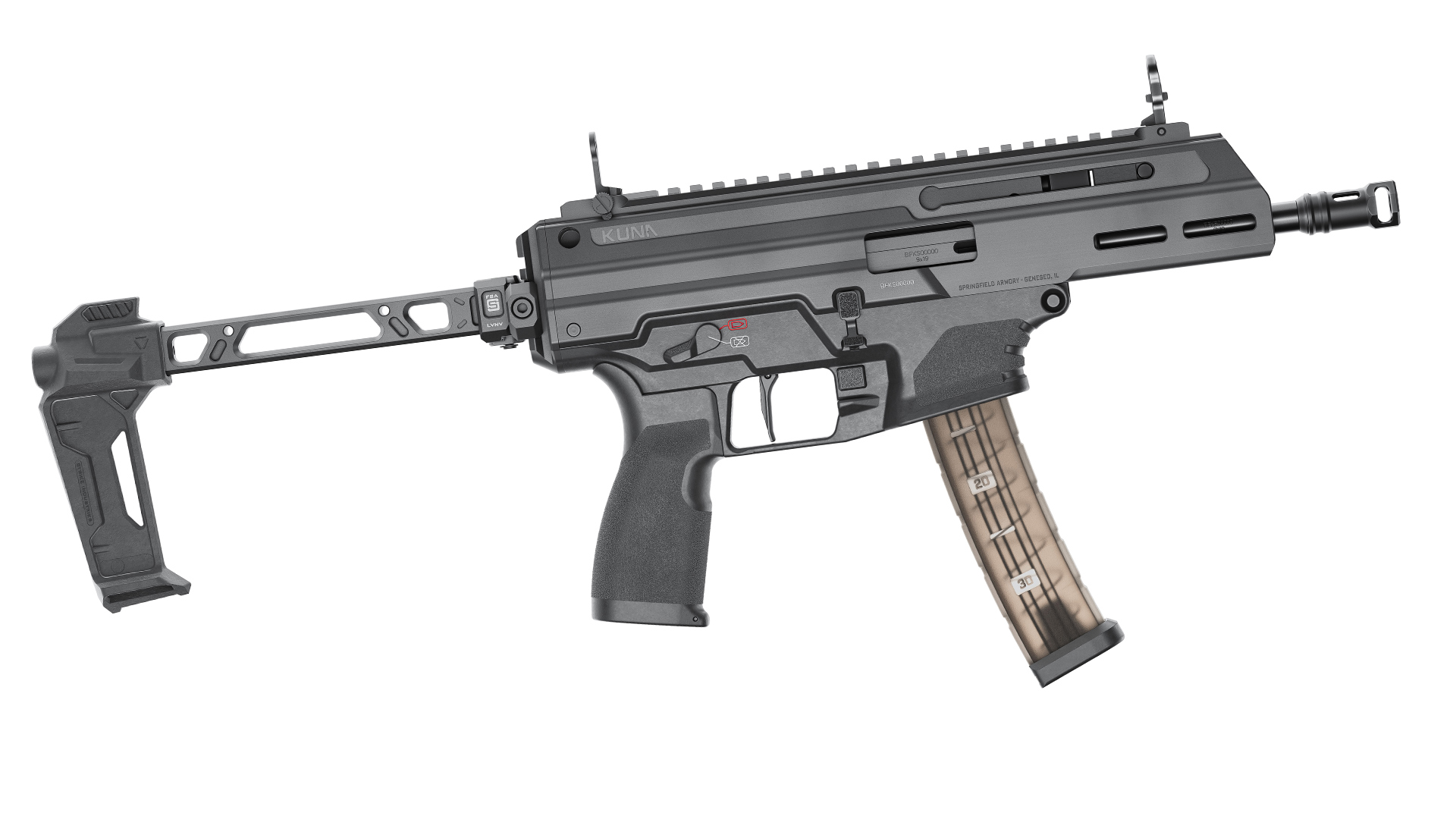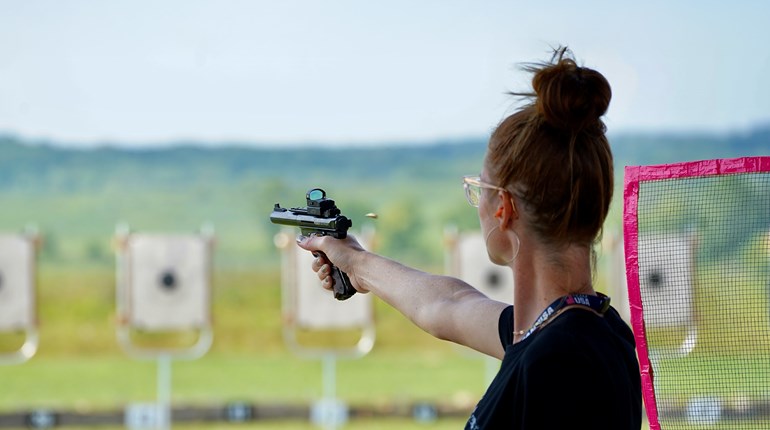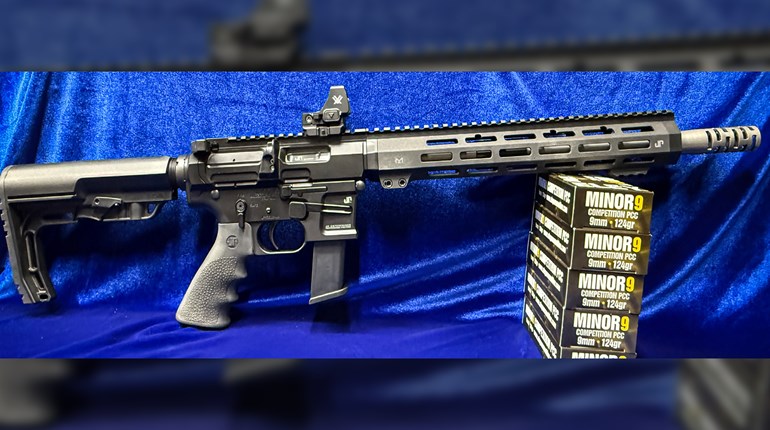
A major topic among firearms owners and competition shooters today is the potential impact upon retail prices and availability of ammunition due to expected tariff increases on U.S. imports. While industry professionals acknowledge some price increase is inevitable with increased tariffs, they also caution against “panic buying” that would result in another consumer-caused shortage of ammunition.

At present, there is no general shortage of ammunition or components, as supply is keeping up with demand in a “business-as-usual” way. In fact, the retail cost of some ammunition has come down slightly since panic buying emptied store shelves and skyrocketed prices in 2019-2020. Yet, that recent experience has made consumers anxious about proposed tariff increases creating a genuine supply shortage of ammunition.
Yes, But …
In a recent podcast interview, National Shooting Sports Foundation (NSSF) Senior Vice President and General Counsel Larry Keane said that, yes, increased tariffs will likely increase costs for U.S. ammunition and firearm makers, as well as U.S. importers of foreign guns and ammunition. But it isn’t all bad because, even so, others in the industry may benefit from the tariffs. NSSF is the trade association for the firearms industry, popularly known for its annual SHOT Show, with thousands of member manufacturers, distributors, retailers, shooting ranges, sportsmen’s organizations and publishers.

Availability Not Impacted
While costs of imported goods and materials, and therefore retail prices, may increase, when examined rationally, it appears increased tariffs alone should not significantly impact the availability of ammunition. Examining some specific examples pertinent to competition shooters.
- Finland is the source of VihtaVuori smokeless powders utilized by handloaders and also by American ammunition manufacturers, such as Berger. Factory loaded match grade Lapua centerfire and rimfire ammunition used by a great number of American competition shooters also comes from Finland. According to the United States Customs and Immigration Service (USCIS, uscisguide.com), as a member of the European Union (EU), goods and products imported from Finland are “subjected to the EU’s common external tariff when imported into the United States.” A 10% increased tariff on EU goods would supposedly raise the retail cost of these resources at least an equivalent amount. Yet 10% realistically represents approximately three to four years of normal U.S. inflation. That is, even without increased tariffs, in three to four years the retail price of Lapua match ammo and VihtaVuori powders would be 10% higher than today anyway. (Or, perhaps more correctly, by 2029 or so, U.S. inflation will have reduced the buying power of 2025 dollars about 10%.)
- The Czech Republic is among the 27 EU member nations, and Czech investment company Czechoslovak Group (CSG) recently purchased ammunition makers Federal, Remington and CCI for $2 billion. Though now foreign-owned, ammunition manufacturing by these companies remains in the US, so is not subject to import tariffs.
- Eley .22 Long Rifle ammunition, made in the UK, is popular among Smallbore shooters. The UK withdrew from the EU in 2020 and so does not enjoy the blanket “preferential treatment” of the EU nations. A 10 or 20 percent tariff on UK imports, if ammunition is not excluded from the tariff, would perhaps reflect in an equivalent retail price increase on Eley ammunition. Under this scenario, a $16 box of Eley Match would increase to $17.60 to $19.20—not a staggering amount.
- Raw materials for manufacturing brass and ammunition—e.g., lead, copper, zinc—are resourced within the United States. Though Communist China is apparently no longer exporting antimony (used for hardening lead) to the U.S., it is still available from other countries.
- Many smokeless powders used by both ammo manufacturers and handloaders are made here in the United States.
Don’t Panic
Though prices of some imported ammunition might rise a bit, normal supply as enjoyed today should not be significantly impacted due to a slight or moderate increase in import tariffs. A real concern, though, as seen during the woke riots/covid period a few years ago, is that firearms owners themselves may again engage in social media-promulgated panic buying and thus create an artificially inflated demand with which normal supply cannot keep up and thus create another consumer-driven shortage.

Note as well that, after that panic passed, the cost of ammunition, powder and primers that had risen during the shortage did not drop back down to pre-panic levels. Only lately has the cost of popular fodder such as .22 Long Rifle, 9 mm Luger and .223 Rem. dropped closer to pre-panic days. The cost of reloading components and some other ammunition has not followed suit.
“There’s been a surge of speculation about rising ammunition prices, driven by new U.S. tariffs and concerns about international supply chains,” Ammunition Depot CEO Dan Wolgin wrote in an April 17 press release. “Let’s put those fears to rest … The only real risk to price stability is consumer-driven: panic buying. If fear over tariffs or other rumors triggers a run on ammo, it could lead to short-term shortages and price spikes. That’s not supply-chain driven, it’s behavioral economics at play.”
Wolgin’s advice is, “Stay calm. Stay informed. And buy smart.”




